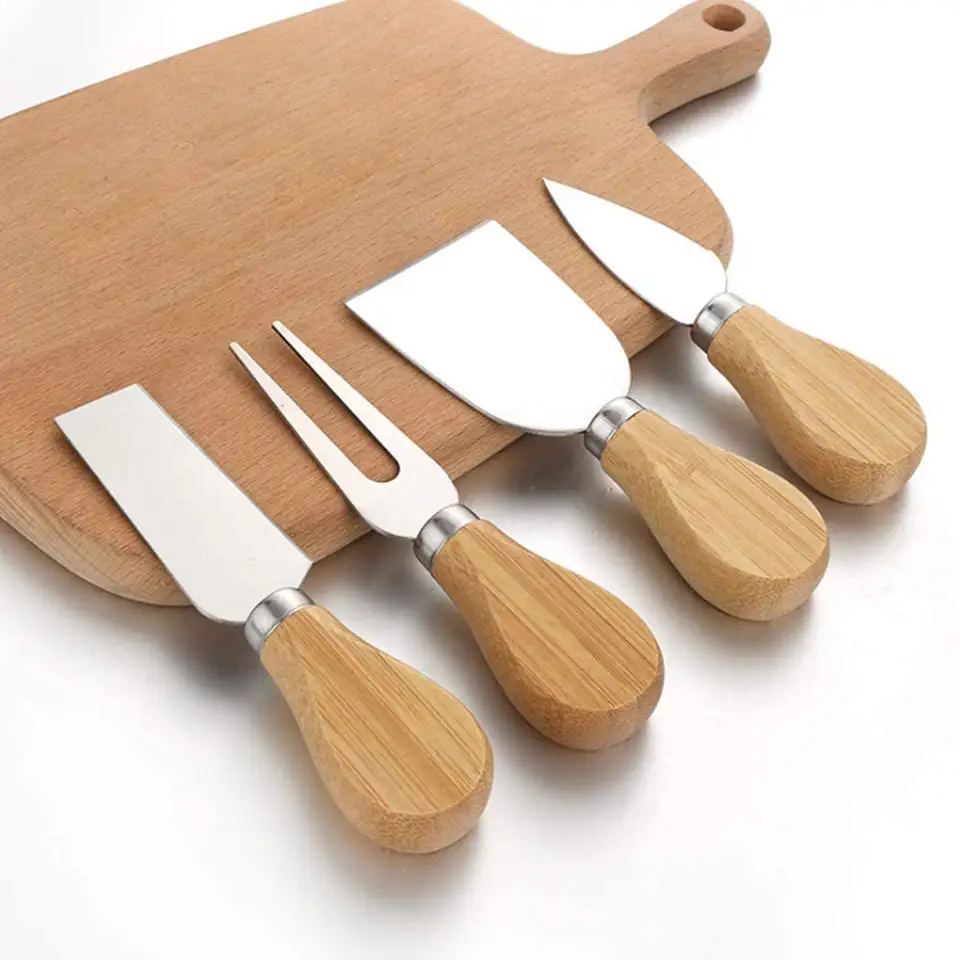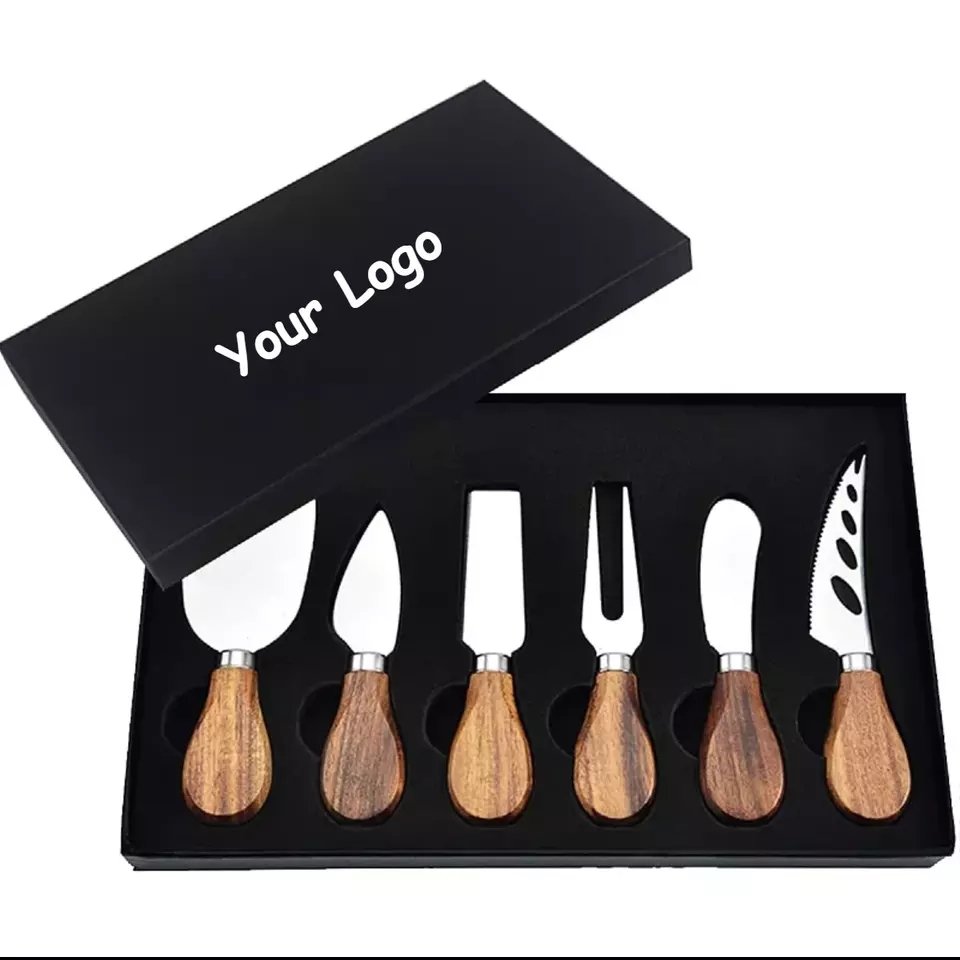Plastic pollution is choking our planet. People want eco-friendly alternatives, but are metal straws really the answer?
Metal straws are reusable and popular, but they come with their own concerns—hygiene, safety, and practicality. Choosing the right supplier matters more than ever.
We all want to make sustainable choices. But with so many new products flooding the market, it’s easy to get misled. Let’s take a deeper look at metal straws: their benefits, their hidden issues, and what we should watch out for when trusting a metal straw company.
Table of Contents

What are the negatives of metal straws?
Some problems hide behind the shine. Metal straws may not be as perfect as they seem.
The biggest downsides of metal straws are safety risks, hygiene concerns, and user discomfort, especially for children or people with disabilities.
Are Metal Straws as Good as They Sound?
Let’s break it down. People like the idea of reusing a straw, but there are several concerns.
1. Cleaning is not simple
You can’t just rinse a metal straw and call it clean. Bacteria can stay inside unless you use a brush and soap. Some straws even need boiling water or a dishwasher.
| Issue | Metal Straw | Plastic Straw |
|---|---|---|
| Cleaning | Needs brush or dishwasher | Disposable, no cleaning |
| Durability | Long-lasting | One-time use |
| Injury Risk | Can cause mouth injuries | Soft and bendable |
| Cost | Higher upfront | Low cost |
| Environmental Impact | Reusable but needs care | Bad for environment |
2. Safety concerns
There have been reports of injuries. If someone falls while using a metal straw, the rigid material can cause damage. Especially dangerous for kids or elderly.
3. Not good for everyone
People with disabilities often find metal straws hard to use. They’re not flexible. Some are sharp. This creates accessibility problems.
4. Not always eco-friendly
Yes, they’re reusable. But the production of stainless steel still uses energy and resources. And if the straw ends up in the trash, it doesn’t break down easily.
So while metal straws are better in some ways, they are far from perfect. Like most things, it depends on how and where they are used.
Why are straws being banned?
Straws have become a symbol of plastic waste, but is banning them the real solution?
Straws are being banned to reduce single-use plastic waste, especially in oceans where they harm marine life.
The Real Reason Behind the Straw Ban
Plastic straws are a tiny part of global plastic use. So why are they the first to go?
1. Easy target
Banning plastic straws is a quick win. Governments and businesses can say they’re helping the environment. It’s easier than changing big industries.
2. Visible problem
Unlike microplastics or fishing nets, straws are visible. Pictures of turtles with straws in their noses went viral. This created emotional reactions.
3. Impact on wildlife
Sea turtles, birds, and fish often mistake straws for food. Once swallowed, straws can block airways or stomachs.
| Impact Area | Plastic Straws | Metal Straws |
|---|---|---|
| Marine Pollution | High | Very low |
| Wildlife Danger | Fatal | Unlikely |
| Public Image | Negative | Positive trend |
| Waste Breakdown | 200+ years | Doesn’t biodegrade |
4. Is banning enough?
Not really. Plastic bags, bottles, and packaging are bigger problems. But straws get more attention because they are small and seem non-essential.
So while banning straws helps, it’s just one small part of a much bigger issue.

How hygienic are metal straws?
We use straws to drink. So cleanliness matters. Are metal straws really safe?
Metal straws can be hygienic if cleaned properly, but they are prone to hidden bacteria buildup if not maintained.
What's Hiding Inside Your Straw?
You can’t see inside most straws. That’s a problem when it comes to hygiene.
1. Narrow and hollow
The shape of a metal straw makes it easy for liquids, pulp, and bacteria to stay inside. This is worse with sugary drinks or smoothies.
2. Cleaning tools needed
A cleaning brush is not optional—it’s a must. Without it, you’re probably not cleaning your straw well. Some people boil them or use the dishwasher, but not all metal straws are dishwasher-safe.
| Cleaning Method | Effective? | Notes |
|---|---|---|
| Rinse with water | No | Misses inner surface |
| Brush with soap | Yes | Most reliable method |
| Boiling water | Yes | Helps sterilize |
| Dishwasher | Maybe | Depends on straw material |
3. Restaurants and public use
This is why many cafés avoid reusable straws. They can’t guarantee that each straw is 100% clean between uses, especially if they serve sticky or dairy-based drinks.
Hygiene is not a given—it depends entirely on your habits and tools.
Is it safe to drink from metal straws?
People worry about putting metal in their mouths. Is that really a health risk?
Yes, drinking from metal straws is generally safe, but sharp edges, injuries, and material safety must be considered.
The Safety of Sipping from Steel
Let’s look at safety from multiple angles.
1. Material safety
Most metal straws are made from stainless steel, which is safe for food. But not all stainless steel is the same. Look for “304” or “18/8” grade—these are food-safe.
2. Sharp edges
Some metal straws have sharp or unfinished edges. This can cause mouth injuries, especially when sipping quickly or during a fall.
| Risk Area | Safe Use Tips |
|---|---|
| Mouth Injuries | Use rounded-tip straws |
| Temperature Burns | Avoid hot drinks |
| Toxic Metals | Use certified stainless steel |
| Children’s Safety | Supervise or avoid use |
3. Temperature changes
Metal conducts heat. If you drink hot tea with a metal straw, the straw gets hot. That’s dangerous. Same goes for extremely cold drinks—it can feel harsh on the teeth.
So yes, metal straws are safe—but you need to buy good ones and use them with care.
Why don't restaurants use metal straws?
If metal straws are reusable, why aren’t more businesses using them?
Most restaurants avoid metal straws due to cleaning challenges, safety risks, and higher costs compared to disposable alternatives.
Business Meets Reality
Restaurants serve hundreds of drinks a day. Reusable straws sound good, but the reality is tricky.
1. Time and labor
Cleaning hundreds of straws each night takes time. Staff need brushes, patience, and extra steps to sanitize.
2. Health inspections
Regulations require strict hygiene. It’s hard to prove each reusable straw is 100% clean. This opens up liability risks.
3. Cost
Reusable straws are more expensive upfront. And if customers take them home or break them, the costs add up.
| Concern | Why It Matters for Restaurants |
|---|---|
| Cleaning Time | Increases staff workload |
| Hygiene Compliance | Risk of violations |
| Customer Safety | Injury or allergy risks |
| Replacement Cost | Loss and theft |
4. Customer habits
Most people throw away disposable straws without thinking. If a customer takes a metal straw by mistake, the restaurant loses money.
So even if restaurants support sustainability, the practical issues often outweigh the benefits.
Is it safe to drink from metal straws?
They look clean and shiny, but are metal straws really safe for daily use?
Yes, metal straws are generally safe to drink from, but they must be used with care to avoid injury and health risks.
Safe or Sharp? Let’s Talk Metal Straw Risks
When we say “safe,” we need to think about both physical injury and chemical safety.
1. Risk of injury
Metal straws are rigid and sometimes sharp. If you’re walking or in a moving car, sipping from a metal straw can be risky. There have even been cases where people got seriously hurt from falling while using one.
| Risk Type | Severity | Notes |
|---|---|---|
| Mouth or gum injury | Medium to High | Especially if straw is sharp |
| Eye or facial injury | High | Happens when falling forward |
| Burn risk | Low to Medium | Can heat up with hot drinks |
2. Metal safety
Good stainless steel is food-grade. But not all metal straws are made the same. Poor quality metal may rust or leach metals into drinks over time.
Always look for certifications like FDA, LFGB, or BSCI from the manufacturer. These guarantee that the straw is made of safe material.
3. Who should avoid them?
Children, elderly, or people with movement issues might find them uncomfortable or even dangerous. Silicone-tipped or bent straws are safer for these groups.
So yes, metal straws can be safe—but only when used in the right way and by the right person.

Why don't restaurants use metal straws?
You might think restaurants should switch to metal straws for sustainability. But most don’t. Why?
Restaurants avoid metal straws because of hygiene concerns, theft risks, cleaning challenges, and customer safety.
Why Reusables Are Not Always Practical in Public Spaces
At first glance, metal straws seem perfect for cafés and restaurants. But once you dig in, it’s clear why they’re rare.
1. Cleaning takes time
Unlike disposable straws, metal ones need brushing or deep washing. In busy restaurants, this slows down service. Improper cleaning can lead to health risks.
2. Safety issues
Restaurants serve all kinds of customers. Children, seniors, and people with disabilities may not be safe using metal straws. One mistake and the restaurant could face legal trouble.
| Restaurant Concern | Metal Straw Impact |
|---|---|
| Cleaning Time | Increases |
| Risk of Injury | Higher |
| Loss or Theft | Frequent |
| Customer Complaints | Possible if straw is dirty |
| Cost | Higher upfront investment |
3. Theft and replacement
Let’s be honest—people like to “accidentally” take reusable items home. Metal straws are small, valuable, and easy to pocket.
4. Alternatives are cheaper
Paper, PLA, or even bamboo straws are cheaper, biodegradable, and require no special cleaning. That’s a big win for busy cafés.
Restaurants choose what works best operationally. Metal straws just don’t check enough boxes for most.
Do they make metal straws?
It seems like a niche product—but do factories really make metal straws at scale?
Yes, metal straws are manufactured in bulk using stainless steel tubing and precision welding, often with custom branding options.
Behind the Scenes in Metal Straw Manufacturing
As someone in the cutlery industry, I can tell you—metal straws are a real business.
1. Material used
Most are made from 304 or 316 food-grade stainless steel. These metals don’t rust easily and can handle contact with liquids, even acidic ones.
2. How they’re made
Factories start with stainless steel tubing. They cut it to the desired length, polish it, and weld the edges. Some straws are straight, some are bent. Others get silicone tips or logos engraved.
| Process Step | Description |
|---|---|
| Cutting | Tube is cut into straw lengths |
| Polishing | Smoothens edges and surface |
| Bending | Done for ergonomic or style needs |
| Laser Engraving | Adds logos or markings |
| Packaging | Often includes brushes or bags |
3. MOQ and pricing
Most suppliers, especially in China, offer low minimum order quantities. You can even order with customized logos or colors. Prices drop with volume, which makes them great for promotional products.
If you’re in the business, this is a product worth watching.

What is the safest straw to drink from?
We all want safe, clean, eco-friendly products. But which straw wins?
Silicone straws are often considered the safest due to their soft, flexible nature and ease of cleaning.
Safety by Material—Who Comes Out on Top?
Let’s look at different types of straws, from a safety point of view:
| Straw Type | Injury Risk | Cleaning Difficulty | Eco-friendly | Best for |
|---|---|---|---|---|
| Metal | Medium | High | Yes | Adults |
| Silicone | Low | Medium | Yes | Kids, travel |
| Glass | Medium | High | Yes | At-home use |
| Paper | Low | None (disposable) | Yes | One-time use |
| Plastic | Low | None (disposable) | No | One-time use |
1. Silicone stands out
It’s soft and flexible, perfect for kids. It doesn’t transfer heat or cold easily, and it’s easy to bite without hurting your teeth.
2. Glass is clean but fragile
Glass straws are easy to clean and look great. But they can break, so not great for kids or bags.
3. Metal is durable, not soft
Safe if used properly, but not ideal for everyone. You must keep them clean and be aware of how you use them.
In most daily situations, silicone gives you the best mix of comfort, safety, and reusability.





